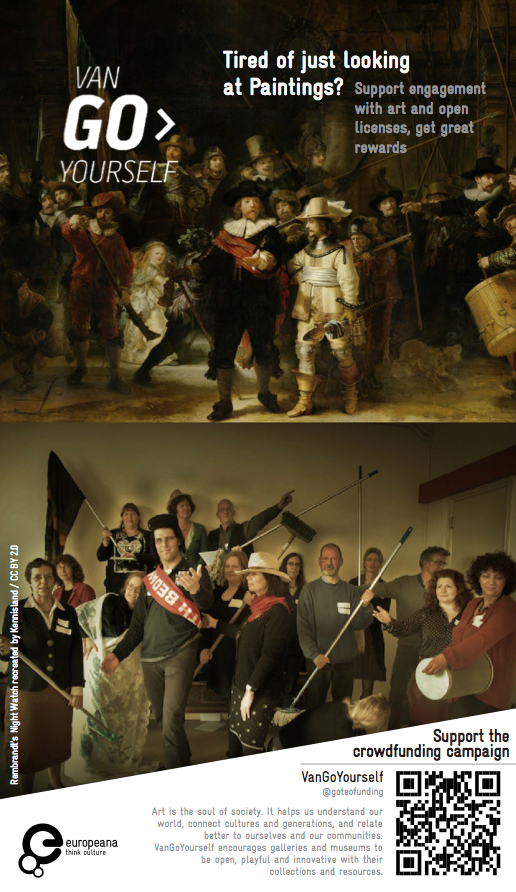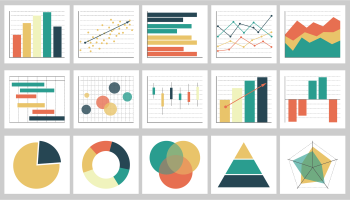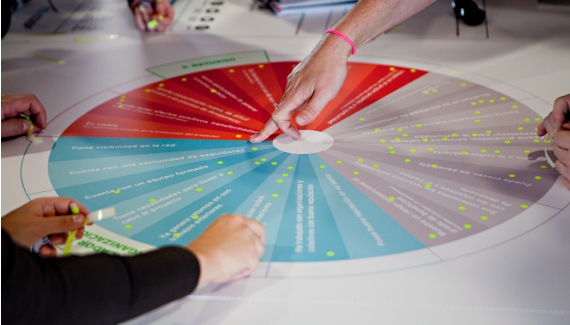
Crowdfunding is hardly a novel topic for readers of our blog and fans of cultural heritage. Countless projects on numerous platforms have seen the light of day thanks to this form of individual financial support, and even the most frivolous ideas can sometimes gain traction thanks to a combination of clever, “insider” humor and the immediate thrill of supporting a vaguely subversive, or maybe only vague, idea. But crowdfunding can also go wrong when the promises made by the campaign promoters are broken, the worst examples of this deceptive practice in effect threatening the credibility of crowdfunding. That’s why it’s important to highlight crowdfunding models like Goteo that build in safeguards to ensure that the promised end results of successful campaigns are delivered, and help develop crowdfund campaigns which have social value in the form of not only individual but collective returns.
One effect of the dramatic economic changes resulting from the global financial crisis might be the shift we see towards a more cooperative attitude that people are taking with one another. This cooperative approach to social relationships opens the possibilities for crowdfunding to support community and civic activities, where it has the potential to cause positive effects to ripple outward into the larger society. Taking an active part in creating social value is no longer a niche populated only by activists and NGOs; crowdfunding provides a platform for that same type of activity in digital space. But even more than simply participating through monetary contributions, supporters are increasingly taking more interest in being engaged in the process, not only the end product.
Another part of the puzzle that’s growing both more complete and more complex with time is the development of innovative, open projects that make use of digitalized cultural heritage. Digitalization enables the re-use of all kinds of works of art and cultural heritage for the first time, and in ways that foster open sharing, remix and collaborative possibilities. As a raw material, digitalized cultural heritage can be included as a central component of products such as apps or games with a focus on education or tourism, and are meant to inspire not only the general public but the creative industries as well. The benefit of using digital files (images, sounds, etc.) that have direct ties to the galleries, libraries, archives, and museums that count the originals among their collections is multiple. The institutions stand to benefit from more community interest and engagement, and the information accompanying the digital files, including the metadata, is first-hand knowledge from the source.
Not only that, the use of digitalized works can also make the final “product” something less fixed, more malleable, and therefore open to participatory collaboration. The more fluid quality that digital creations have extends from their source materials through to their end results, which need not be considered final, fixed or held as the work of only one author. Digital work allows for broader possibilities, including co-creation.“I think the digitalization is like a climate change for cultural products” says Dirk von Gehlen, who collaboratively produced and crowdfunded a book called “A New Version is Available”. “It changes their aggregate state from solid to liquid. We can write books like we write software. Together and in versions.”
One particular collaboration between a project and a platform has a unique spin on cultural heritage, remix, collaboration, and sharing.Through the Europeana Creative 30-month project, which has just come to a close, a variety of projects have been facilitated from the pilot through the crowdfund stages, and now several crowdfunding campaigns have been launched. VanGoYourself is one of these, and it has already gained widespread popularity. The site won Best Digital Exhibition at the 2015 International Museums and the Web conference in Chicago, and the People's Choice award voted for by the international community, and it was also shortlisted for the prestigious Innovation award at the Museum and Heritage Show awards 2015. It’s a service which “allows you to recreate a painting with your friends, which is then twinned with the original and shared on social media.” The body of re-usable digitalized original artwork to be used in these recreations has been made available through the Europeana Creative project. “There are some brilliant pictures to recreate from a selection of serious selfies you can do on your own, or some more flamboyant historical scenes where you will need to rope in your friends to help and lay your hands on a few props. Everyone can find a painting that they see themselves in” says Jane Finnis of Culture 24, the non-profit independent arts organization promoting the project in the UK (along with their partner Plurio.net in Luxembourg).
Platoniq was a partner in Europeana Creative and its development of pilot projects, including VanGoYourself. Recently, the closing ceremony for Europeana Creative was held in Vienna, Austria. The event was called Culture Jam, and the Platoniq team participated with a pair of crowdfunding and co-creation workshops where those attending could get a taste of the longer intensive hands-on sessions we offer. As another demonstration of the inclusive and creative work we do, we invited all the attendees to interact with us in “Feedback Madness”, providing them with ring-bound feedback forms designed and produced especially for the event, where they could offer specific feedback to all of the related pilots and projects.
In addition, Olivier Schulbaum gave a presentation on civic/crowd engagement with cultural heritage called “Digital Crowd Heritage”, emphasizing that “Heritage is not a gadget, heritage is not a product; heritage is a commons”, and offering the observation that, while the technology and management of information we use have changed radically in the last 2000 years, many of our institutions (including museums, private collections and libraries) continue to follow in the footsteps of the “line and staff”, top-down organization of the Roman Legion. In other words, not much progress there, which is why being open, civic-oriented and crowd-powered is critically important in the development of future models in cultural heritage, among other areas.
The VanGoYourself crowdfund is being facilitated through Goteo, but the aim of the crowdfund isn’t merely to fund the further development of VanGoYourself. The team behind the project intends to use the crowdfund to add even more paintings from museums, galleries and collections from all over Europe. This will fill in the gaps in the existing, available collection and help people who love the idea of recreating paintings. The team will also offer support to museums and galleries across Europe to run their own VanGoYourself events, which will help create a more interactive engagement and to develop new audiences based on open digitised content online, following the example of Europeana. Goteo has also enabled an institutional matchfunding partnership with the Universidad Internacional de Andalucía (UNIA), which is active in this current crowdfund. This means that for every monetary donation, there is a matching donation offered from the fund provided by UNIA which multiplies the donation by two, doubling it.
The doors of the galleries, libraries, archives and museums have now opened wider, and the keys to the glass cases are increasingly in reach of anyone with an interest in participating. Will the “crowd” begin to bring more social innovation to the long-term planning required to determine the future of our cultural heritage? It’s best not to think of this trend as “crowdsourcing”, but rather as citizen participation, “citizen curation”. It’s not the entire general public that will want to get involved, but a self-selected subset with a passionate interest.Trevor Owens, Digital Archivist at The Library of Congress, says, “Most successful crowdsourcing projects are not about large anonymous masses of people. They are about inviting participation from...interested and engaged members of the public...These projects can continue a long standing tradition of volunteerism and involvement of citizens in the creation and continued development of public goods.”
This leads to an invitation. A project such as VanGoYourself offers people several levels of engagement with digital cultural heritage, from the simple re-creation of a painting through their app, up to the sponsoring additional works of art through their crowdfund, in turn making them available for more people to re-create. Cultural innovation projects like this one, emerging from larger efforts such as Europeana, have been born in co-creation laboratories and designed as experimental efforts in order to see what comes of all this; what’s practical, what’s desirable, what’s sustainable in the use of digitalized cultural heritage. Now, the next step is ours, and it all starts with a Van Gogh and a selfie.





 Javier Carrillo Palacios
Javier Carrillo Palacios 
 Goteo
Goteo 